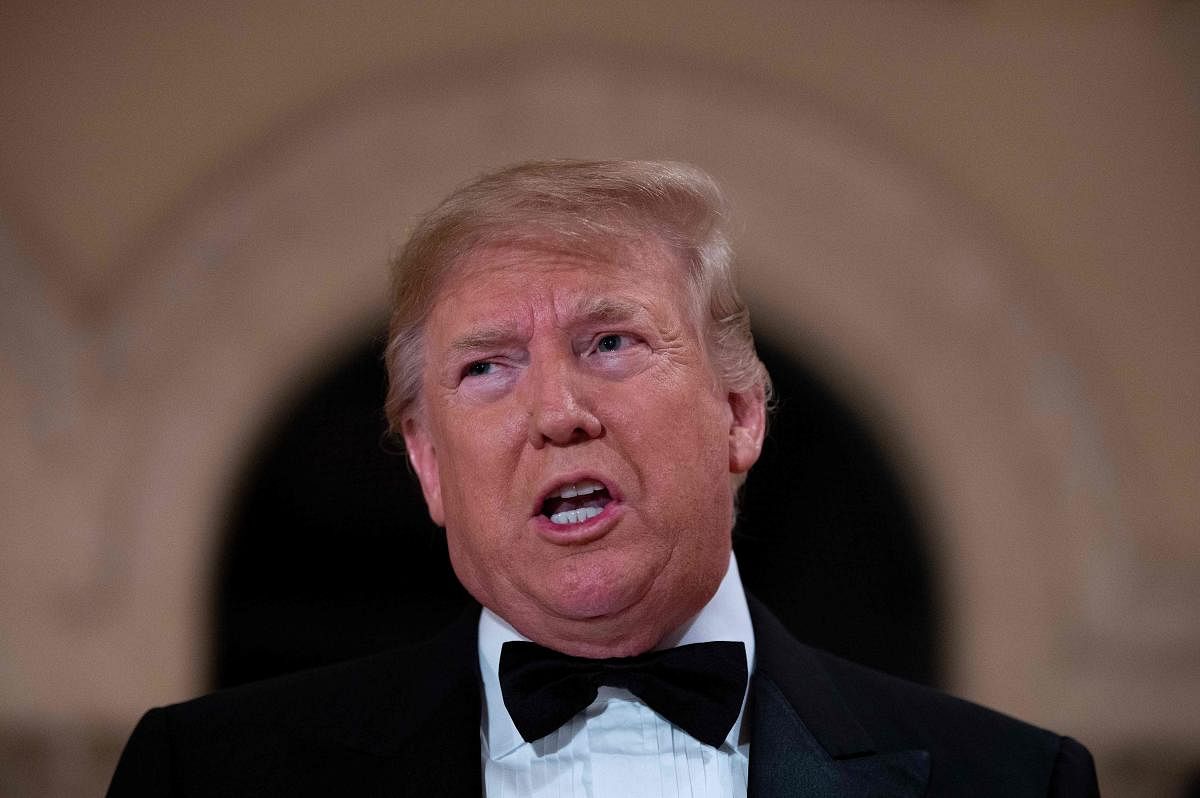
As part of the 2020 National Defense Authorization Act of the US, which President Donald Trump signed and was adopted earlier this month, US sanctions aimed at halting the Nord Stream 2 pipeline between Russia and Germany have been signed into law. The latest round of sanctions involving visa, finance and property restrictions will target individuals and companies involved in the construction of the pipeline and provide a window of 60 days to the Trump administration to identify sanctionable entities. These entities will have an additional 30 days to wrap up their work. Broadly, these sanctions are a continuation of the US sanctions on Russia imposed since 2014 during the Ukraine crisis and are largely aimed at curbing Russia’s strategic reach into Europe, to cripple its economy and to open another front for America’s own energy sales.
Russia has come out strongly in criticism of the sanctions and has called the US measures unfair trade practice, with the Russian government warning that it will undertake countermeasures while meeting its expected deadlines on the pipeline. More importantly, Germany, which is a direct recipient country of the existing Nord Stream 1 and the upcoming Nord Stream 2, has refused to retaliate against Russia and has criticized the US sanctions against Moscow.
The Nord Stream 2 is a $10.5-billion gas pipeline running from Russia to Europe through the Baltic Sea. The total capacity of two strings of the 1,224 km-long Nord Stream 2 is 55 billion cubic meters of gas per year. The entry point of the Nord Stream 2 gas pipeline into the Baltic Sea will be the Ust-Luga area of the Leningrad region. Then the pipeline will stretch across the Baltic Sea. Its exit point in Germany will be in the Greifswald. The new pipeline will run alongside the already constructed Nord Stream 1 and will double the amount of gas being transported to 110 billion cubic meters per year. The pipeline is intended to provide Europe with a sustainable gas supply while providing Russia with direct access to the expanding European gas market. This has fuelled criss-crossed tensions between the US, its NATO allies and Russia. It has divided European Union members as well as caused concerns within the trans-Atlantic alliance.
The US sanctions have brought quite a few issues to the fore that merit assessment. First of these is the efficacy of sanctions in curbing the expansion of Russian influence not just in Eastern Europe but beyond. Sanctions imposed on Russia by the US since 2014 have not met their intended goals. Despite severe economic sanctions, Russia continues a predictable export graph of its energy and defence exports. Three examples in this regard stand out. US sanctions have not prevented Russia from advancing the TurkStream, a pipeline for gas exports to Turkey and South and Southeastern Europe. The sale of Russian S-400 air defence systems to Turkey and India are progressing despite US sanctions on Turkey and a similar threat to India. Lastly, the fact that more than 90% of the Nord Stream 2 pipeline has already been constructed prevents the sanctions from acting as a substantive deterrent.
The other issue concerns the overarching energy geopolitics involving the US, Russia and the EU, the last of which has been internally fractured by the ongoing tussle. The US sanctions on energy exports from Russia intends to reposition energy supplies from Washington as an alternative, bolstered by its shale gas boom. However, these sanctions have divided the EU countries among themselves. The Nord Stream 2 pipeline geographically circumvents both Poland and Ukraine, who favour these sanctions and fear Russia’s growing influence in the region as it could use the energy pipeline as a strategic tool for arm-twisting these countries. Germany’s opposition to the sanctions have constricted the space for the US to meddle in the EU’s internal affairs besides further exposing the chinks in the trans-Atlantic ties under the Trump administration.
The completion of this project, along with the functional Nord Stream 1 pipeline, will likely leave the two other land-based energy pipelines passing through Poland and Ukraine less wanted. The US, as a supporter and aid-provider of Ukraine, but more importantly as an arch-enemy of Russia, is expected to remain involved in this scrimmage with Russia. The $300 million in military aid to Ukraine in the latest US defence budget is expected to push Ukraine to obtain lethal weapons, further escalating regional tensions. Besides, NATO’s readiness for a war with Russia and Moscow’s own unsubdued eagerness to integrate other parts of Ukraine with itself keeps the region on the boil.
Despite being an energy leader, the US suffers from a ‘tyranny of geography’ in Eastern Europe. Its attempt to replace Russian energy exports to the region are likely to falter, mainly due to logistical issues of exporting energy across the European continent to its south-eastern parts as easily as Russia does. Moscow has an advantage of geography over Washington in the region. The subsurface nature of the sea-pipeline reduces its vulnerability to blockades by hostile sovereign nations.
Europe’s heavy reliance on imported energy further blunts most regional countries’ opposition to Russia as the predominant energy exporter to the region. As such, the Nord Stream 2 furthers Russia’s economic and strategic interests in the region and beyond. The project assumes future relevance in the light of expected growth in the LNG demand of Europe.
The Nord Stream 2 stand-off is an example of the significance of energy in the future geopolitics and geostrategy of the world. It also reflects Russia’s continued relevance in shaping regional and global politics.
(Mishra is Deputy Director, Kalinga Institute of Indo-Pacific Studies, New Delhi; Surbhi is a doctoral scholar in Russian Studies at JNU, New Delhi)